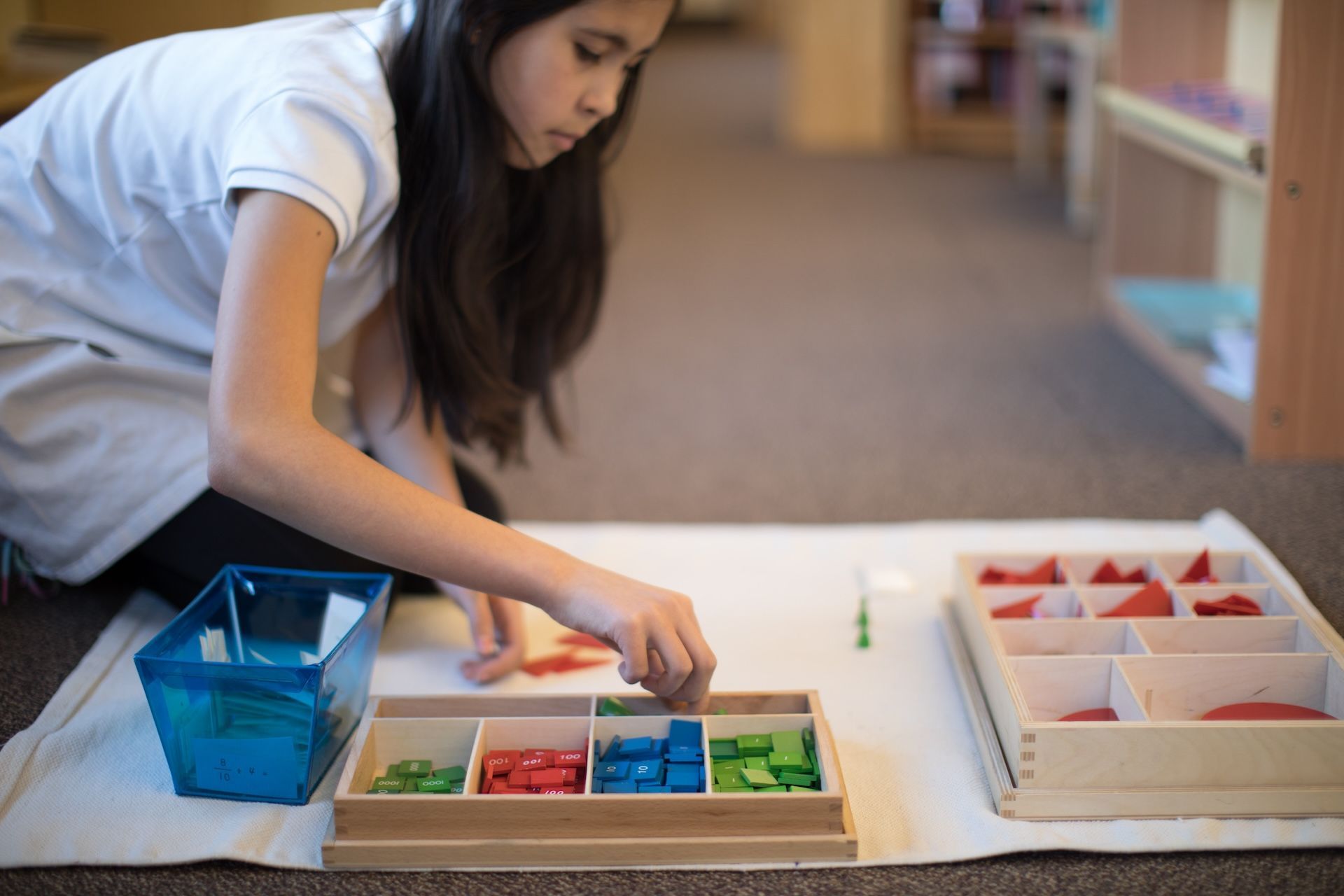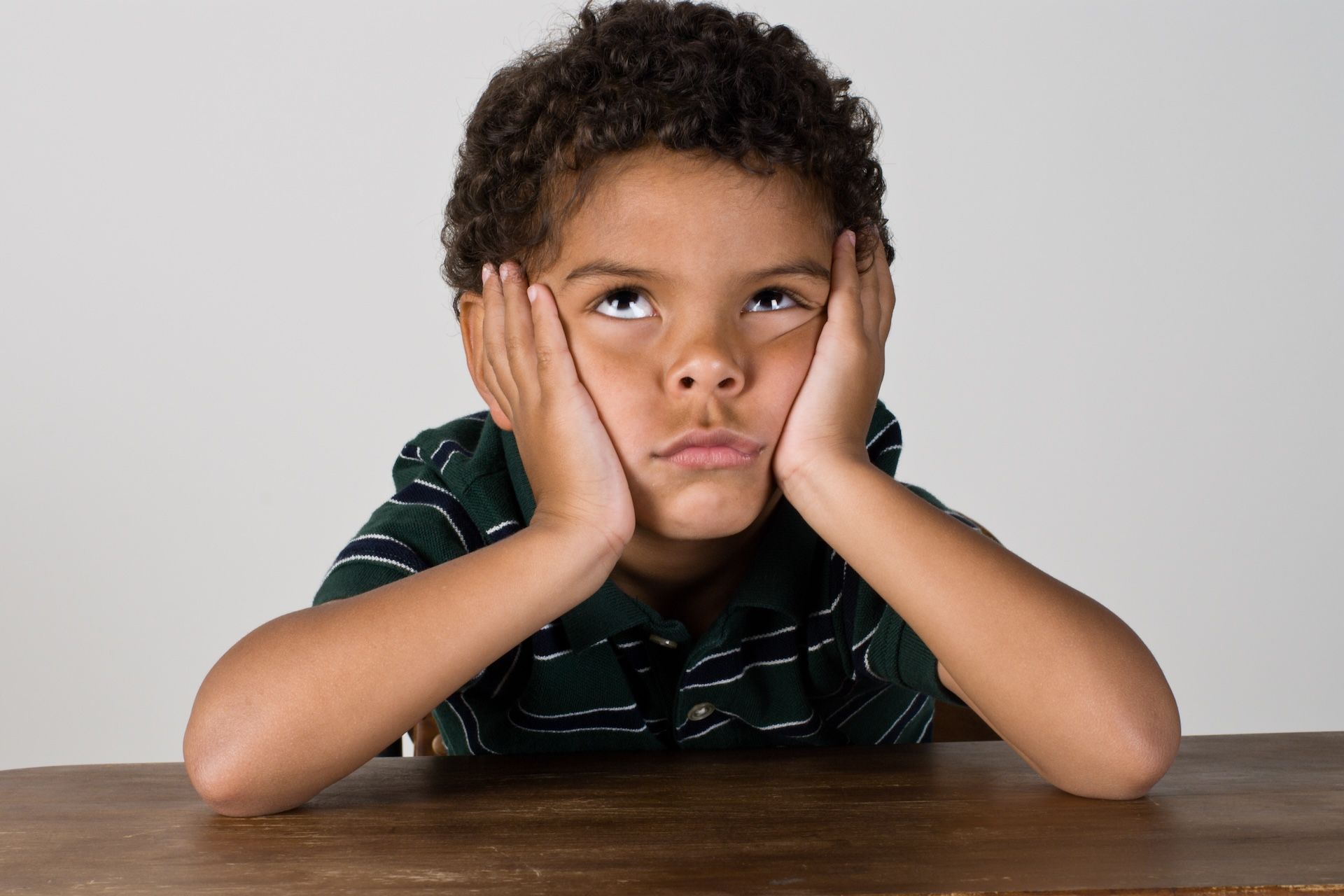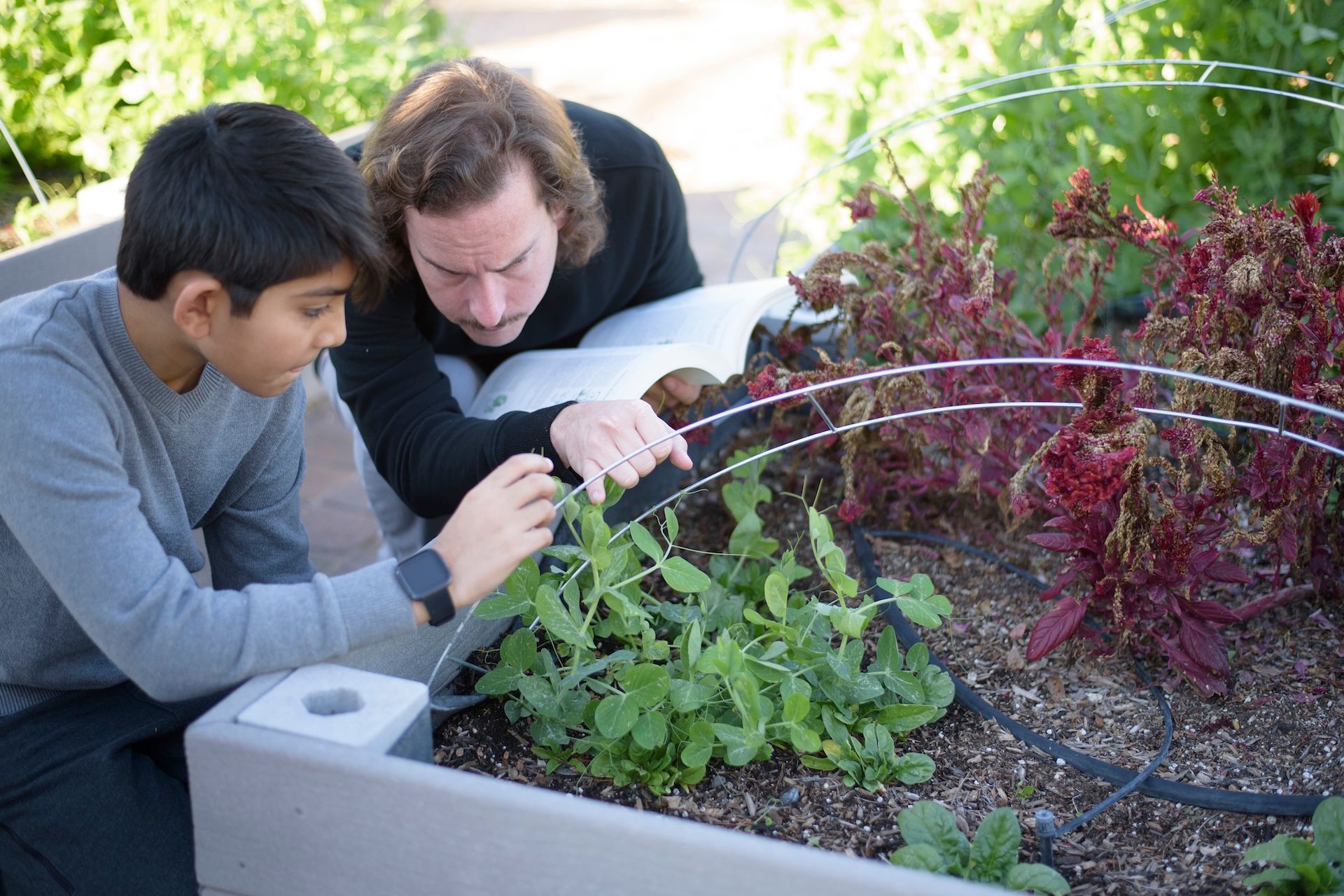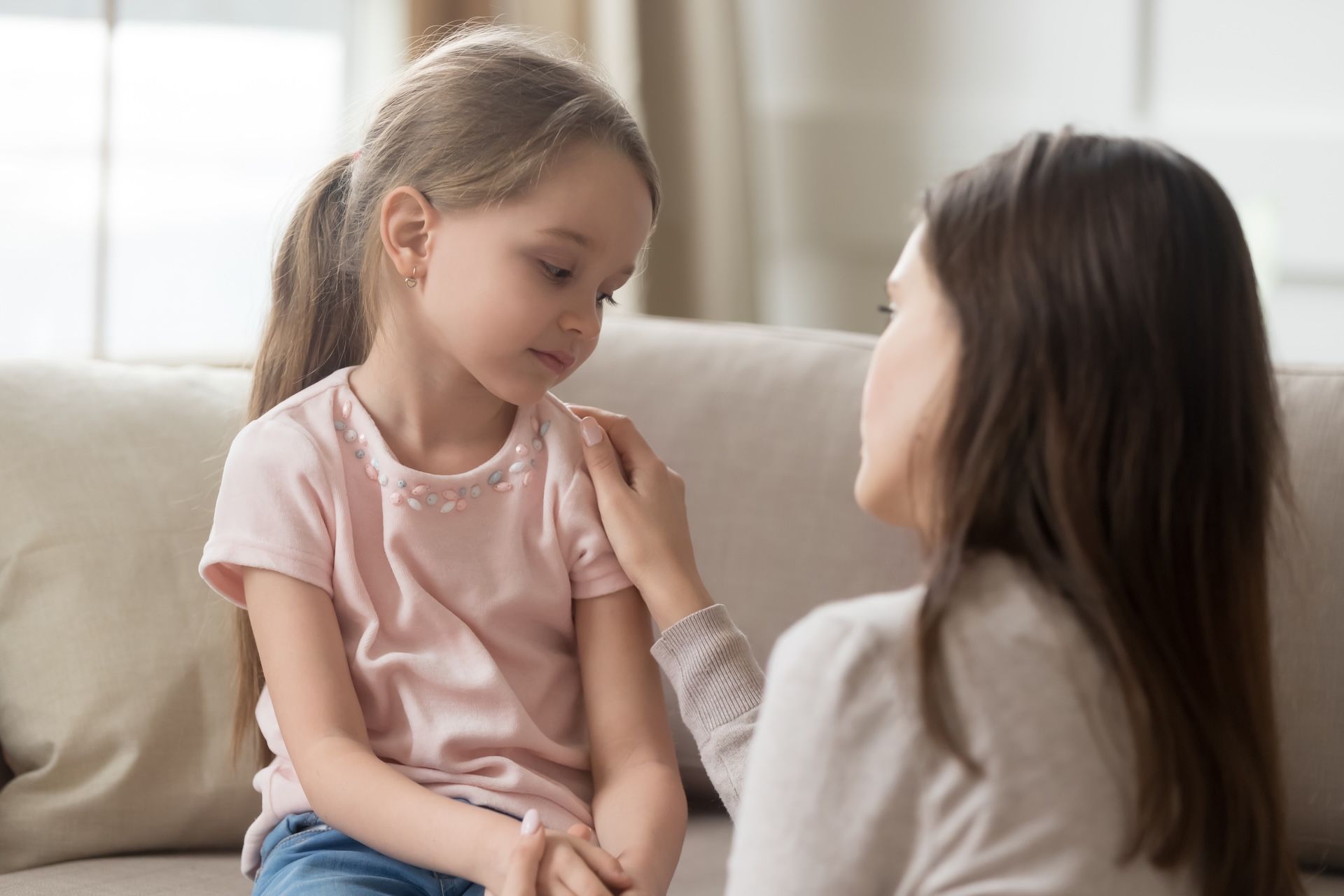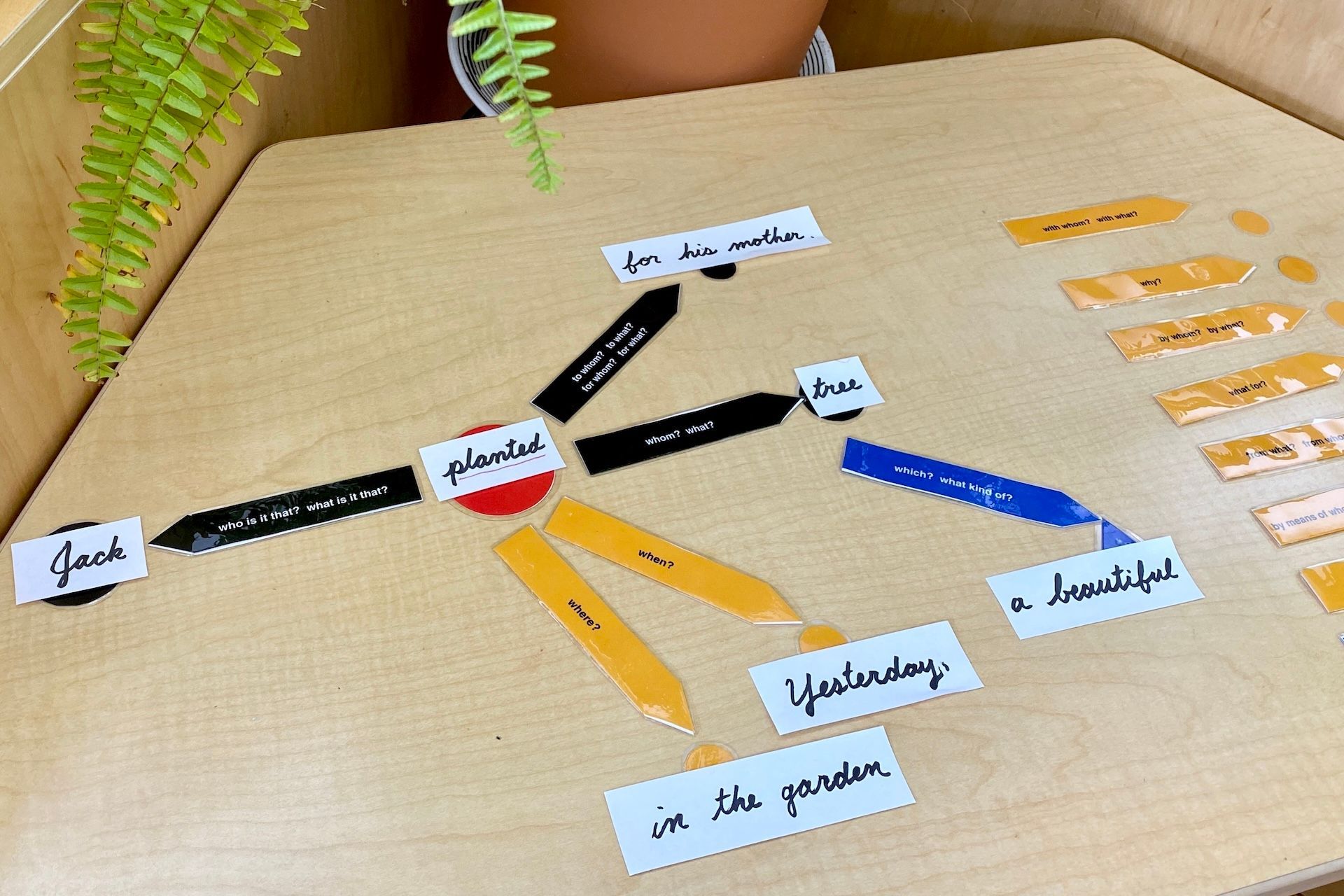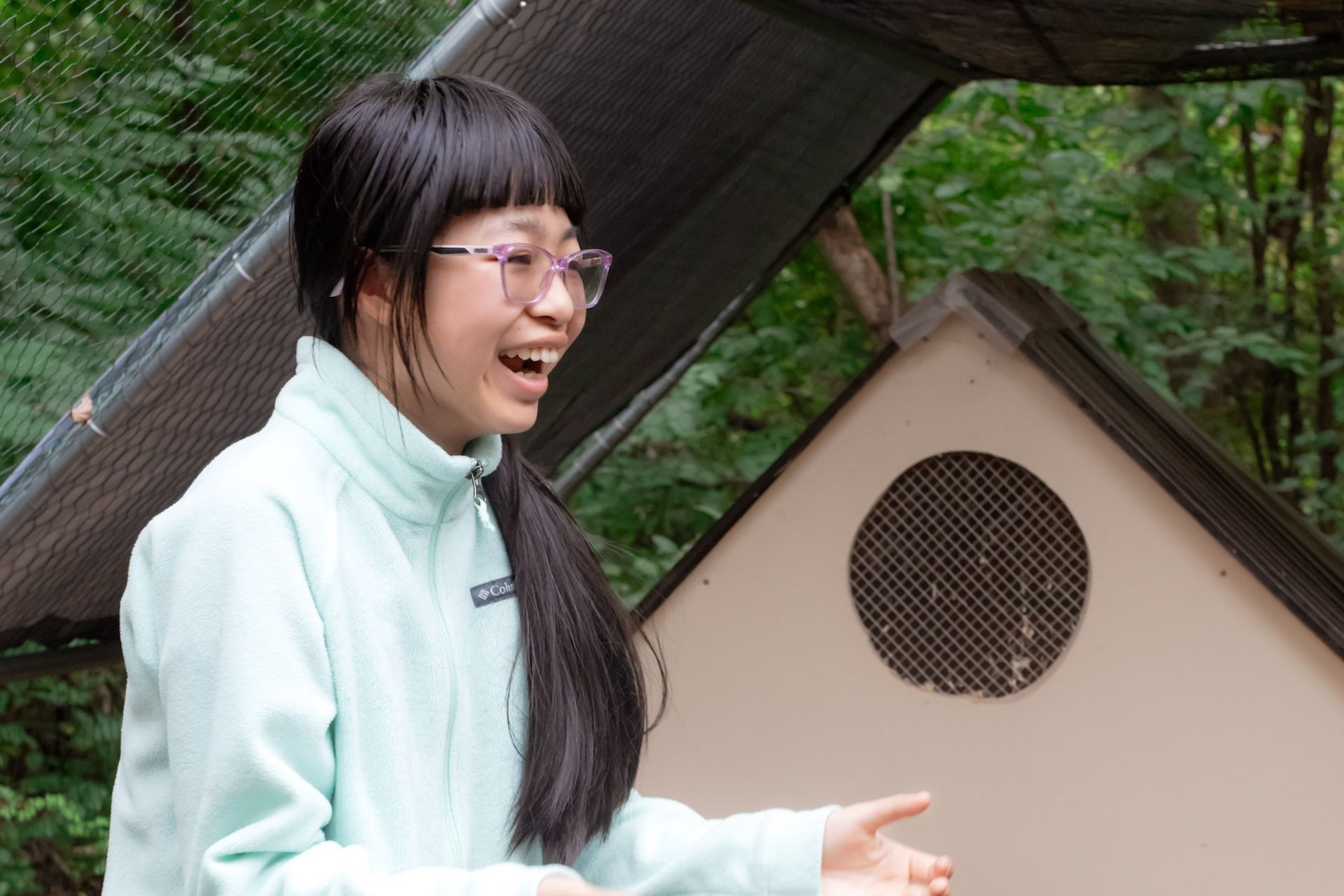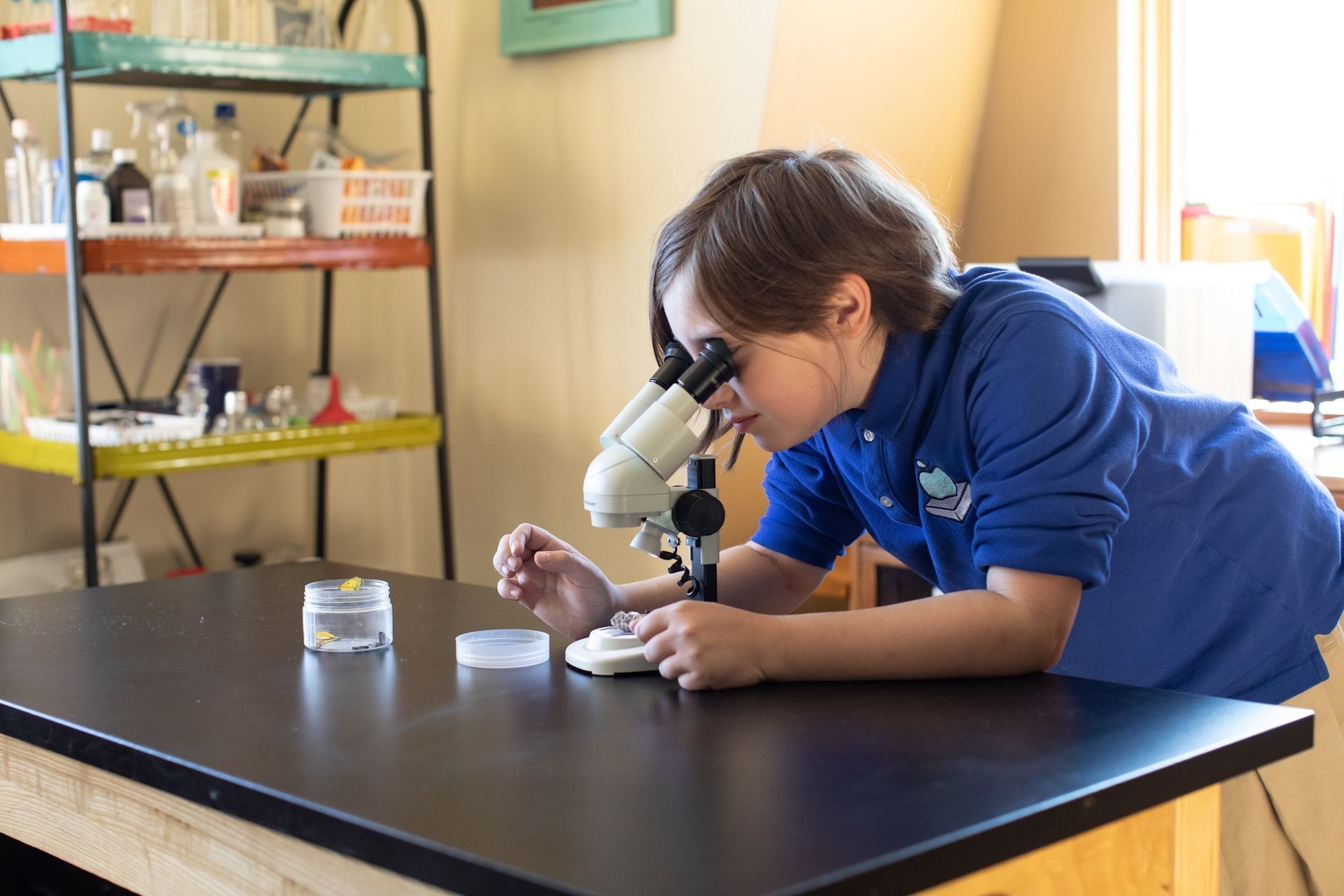Practical Life for the Holidays
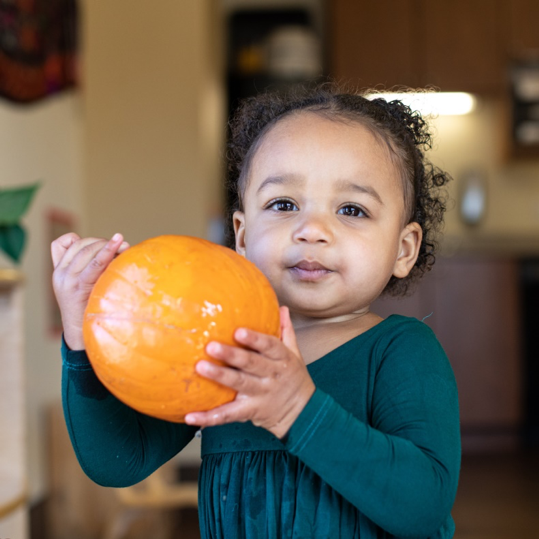
The holiday season is nearly upon us, and no matter how you celebrate, this time of year is often steeped in family traditions. The foods, smells, decorations, songs, and gifts echo in our memories for a lifetime. As a parent, it can be magical to experience the holidays through your child’s eyes; everything is so exciting and full of wonder.
Many families involve their children in preparing for special days and celebrations. By doing so, you may already be engaging in what Montessori refers to as practical life , or the teaching and practicing of skills that a person will use to get by in their everyday lives as an adult. Practical life covers a wide range of skills, but this time of year is ripe with opportunities — and not just for the preschool crowd. Check out our ideas below!
Caring for the Self
As with everything, it’s important to consider where your child is developmentally, what their interests are, and set your expectations accordingly.
Choosing what to wear
Special occasions call for special outfits. It can be fun for parents to pick out adorable clothing for their small children, but it’s also nice to involve kids in the process so that they are able to share in the fun and develop a sense that their opinion is important. Younger children (toddlers, preschool-aged) might benefit from being able to select from two or three choices that you have found ahead of time.
Older children enjoy (and deserve) to be more involved in selecting their own clothing. It can help to talk about what you’re looking for ahead of time and what your expectations are. If a family occasion calls for something more dressy than jeans, let your child know. Remember that choice is important, but so are limits. Be open-minded (this can be even more challenging when your teenagers are developing their sense of self through style), but it’s okay to let your child know that you have the right to veto an outfit. Ultimately, it all comes down to finding something you can both appreciate and that is appropriate for the occasion.
Practicing hygiene
There are two main opportunities in this category this time of year: practicing hygiene in social situations and taking advantage of extra time at home together to teach new skills
When it comes to actions like using a napkin to wipe ones’ face at the dinner table, toddlers will find this new concept fun and exciting, but even your elementary-aged child may need some reminders and practice. Although your children are likely experts on the following by now, it doesn’t hurt to remind them what to do when they need to cough, sneeze, or blow their nose around others.
Enjoying some vacation time and days around the house together? What better time to teach your three-year-old how to brush her hair, your five-year-old to floss, or give your twelve-year-old a crash course on skin care?
Food preparation
This item on our list may just be the most fun.
Many families have traditional recipes they share for special holidays. What are yours? Could you teach your child how to make Grandma’s jelly-filled cookies? Your famous vegetable side dish? That roast everyone looks forward to enjoying once a year?
Regardless of what you’re making in the kitchen, there’s a way for pretty much everyone to get involved. Whether it’s simple slicing or complicated multi-step directions that need to be followed, it’s great to teach children how to make their own food. It’s extra special when you’re sharing memories and creating new ones.
Budgeting
This is a special section just for the teens in your life. They may be at an age when they would like to start participating more in gift-giving. Enter: budgeting lessons. Whether you give them a certain amount to spend or they have their own money (saved or earned from a part-time job), many of us wish we had gotten financial lessons when we were younger.
What does your teen already understand about money? What do they still need to learn?
Caring for the Environment
Caring for ourselves is important, but so is taking care of the space we live and exist in. The skills in this section focus on the home and beyond.
Cleaning
It seems like cleaning tasks tend to increase this time of year. There is cleaning to be done ahead of time, maintenance cleaning should you be expecting visitors, and cleaning once the season is over and everything needs to be put away.
It’s never-ending!
Hand your toddler a dustpan, teach your third grader to load the dishwasher, and remind your adolescent how to properly sort the laundry.
Outdoor work
Some people need to start shoveling snow this time of year, while others are still gardening. Depending on where you live, the jobs are different, but there are almost always tasks to be taken care of outside of your home.
If your children are still young, kid-sized tools can help. Smaller rakes, shovels, and the like aren’t too hard to find, and they can make all the difference. Our children want to participate in family tasks; finding ways to let them help increases their confidence, teaches them valuable skills, and lets them know that all family members are important and can/should contribute.
Grace and Courtesy
The way we interact with others on a social level is an important set of skills that we carry with us throughout our lives. Kids pick up a lot on their own and just by playing with one another, but some bits need to be taught. This is a great time of year to talk about, model, and practice grace and courtesy.
Interacting with relatives
Does your son need to hug his aunt? Not if he doesn’t want to. Does he need to say hello and learn how to have a polite conversation (even if it’s short and sweet)? Definitely.
When our students enter our building, their teachers greet them at the door in the morning with a smile and a hello. They look one another in the eye, and our staff teaches children what they expect in return. Manners matter; showing other people basic respect is the foundation for positive human interaction. Too often children are excused from pleasantries, but we believe the opposite should be true. Let’s teach them while they’re young!
Before celebrating holidays with family members, talk to your child about what you expect. Role-play together so they have a chance to practice ahead of time. If, in the moment, they don’t quite get it right, don’t fret. There’s always next time.
Giving gifts
Gift giving is not synonymous with spending money. It’s about showing the people we love that we care about them. It can be making something special by hand or spending quality time together.
If your family exchanges gifts this time of year, talk to your child about how they might like to contribute. It’s also nice to consider giving charitable gifts - what are some ways your family might work together to support folks or organizations in your community this time of year?
Showing gratitude
Expressing our thanks is a win-win. We let others know that we notice and appreciate them, but it also feels good to be grateful. Consider some ways you would like your child to show gratitude and lead by examples. This may be as simple as saying the words aloud and with conviction, or you might teach them how to write a nice thank you letter to drop in the mail.
Movement with Purpose
The way we move through the world is one last set of practical life skills that are taught in Montessori schools. Traditionally this work would be left to the primary classroom, but our suggestions extend to the years beyond.
Decorating the home
While this doesn’t apply to everyone, many families have old or fragile holiday decorations, with some having been passed down for generations.
Let your child know how precious special items are, and how they need to be handled and cared for. Then, as you are comfortable, let your child participate in decorating with these items. There is always a risk that something may break, so start small!
Dancing
This final point is just for the fun of it. Moving our bodies feels good and moving our bodies joyfully to music feels great.
So crank up some tunes and have a fun dance-fest around the living room with your kids! You’ll all be glad you did.